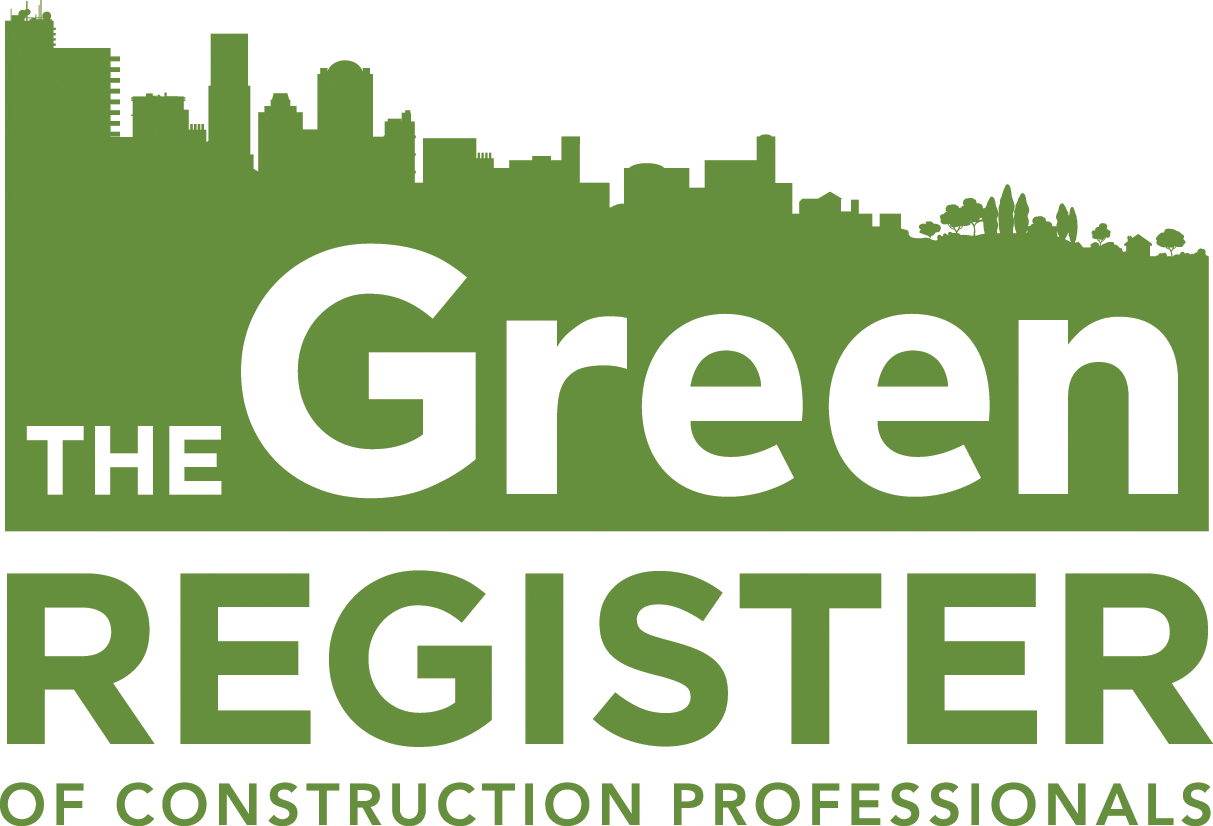Dampness is one of those problems that many homeowners initially overlook, mistaking it for minor wear and tear or simple condensation.
But beneath the surface, damp is a serious issue that can threaten the very fabric of your home. It can cause significant structural damage, reduce your property’s value, and impact your family’s health. In the first of a series of blogs, we’ll explore what damp really is, the different types that affect homes, and why it’s critical to take damp seriously.
Understanding damp: more than just moisture
At its core, damp refers to unwanted moisture accumulation in your home’s structure. This moisture might come from a variety of sources, but regardless of origin, it can wreak havoc on building materials and your living environment.
Moisture in itself isn’t always bad – after all, buildings need some level of humidity – but when moisture levels become excessive or uncontrolled, problems arise. Damp causes paint and wallpaper to peel, wood to rot, metal to corrode, and plaster to crumble. More alarmingly, damp environments foster mould and mildew, which can seriously affect your health.
What are the three main types of damp?
While damp can manifest in many ways, experts categorise it into three main types: rising damp, penetrating damp, and condensation. Knowing the differences is key to identifying and fixing the problem effectively.
1. Rising damp: the water that climbs
Rising damp occurs when moisture from the ground moves upward through porous building materials like brick or stone. This typically happens when the damp-proof course (DPC) – a barrier designed to prevent moisture rising – is missing, damaged, or bridged by soil or debris.
How can you spot rising damp?
- Dark, tide-like marks appearing 30–120 cm up internal walls
- Peeling wallpaper or bubbling paint at the base of walls
- Musty, damp odours, especially near floors
- Salt deposits (white, powdery patches) on walls due to evaporated moisture
Why is rising damp dangerous?
Beyond cosmetic damage, rising damp can rot wooden beams and floorboards, weaken plaster, and eventually cause structural decay. It also encourages mould growth, affecting air quality and health.
2. Penetrating damp: when water breaches your walls
Penetrating damp is caused by water entering your property from the outside due to defects in the building’s exterior. This can happen through leaking roofs, cracked walls, blocked gutters, or damaged flashing.
What are the signs of penetrating damp?:
- Wet patches on walls, sometimes with visible water droplets
- Water stains appearing after heavy rainfall
- Damp patches on ceilings or walls near windows and doors
- Crumbling mortar or damaged bricks on external walls
Why is penetrating damp a serious issue?
Because water is actively entering the building, penetrating damp can cause widespread damage over time, compromising insulation, plaster, and even electrical systems.
3. Condensation: moisture from within
Condensation is the most common cause of damp in homes and occurs when warm, moist air inside the house hits cold surfaces like windows or walls, leading to water droplets forming.
Common causes of condensation:
- Poor ventilation in bathrooms, kitchens, or laundry rooms
- Activities producing moisture such as cooking, showering or drying clothes indoors
- Inadequate heating or insulation causing cold surfaces
How to recognise condensation:
- Water droplets on windows and walls, especially in winter
- Black mould growth on walls, ceilings, or around windows
- Musty smells and increased humidity indoors
While condensation is often seen as a nuisance rather than a structural threat, prolonged moisture build-up can still cause damage and health problems.
Why should you care about damp?
Many homeowners assume damp is just a cosmetic issue, but its impact goes far deeper.
Structural damage
Over time, excessive moisture breaks down the materials that hold your home together. Wooden elements rot, bricks crumble, mortar erodes, and metal components rust. Ignoring damp means risking expensive repairs or even structural failure.
Health risks
Damp environments are a breeding ground for mould and mildew, which release spores into the air. These spores can trigger respiratory problems like asthma and bronchitis, cause skin irritations, and worsen allergies.
Reduced property value
A damp-affected home can be harder to sell and fetch a lower price. Buyers see damp as a red flag, signalling future expenses and health concerns.
Taking action: early detection and prevention
Catching damp early is the best way to minimise damage and costs. Regularly inspect your home for tell-tale signs: damp patches, peeling paint, musty odours, or mould growth. Pay special attention to basements, bathrooms, and external walls.
Maintaining your property’s damp-proof course, ensuring good ventilation, repairing roof leaks promptly, and keeping gutters clean are essential preventative steps.
Conclusion: don’t underestimate damp
Damp is a hidden threat that quietly undermines your home and health. Understanding what damp is, its types, causes, and consequences empowers you to take control. Early detection, professional diagnosis, and timely repairs can protect your home for years to come. Remember, when it comes to damp, prevention and prompt action are always cheaper and safer than cure.







